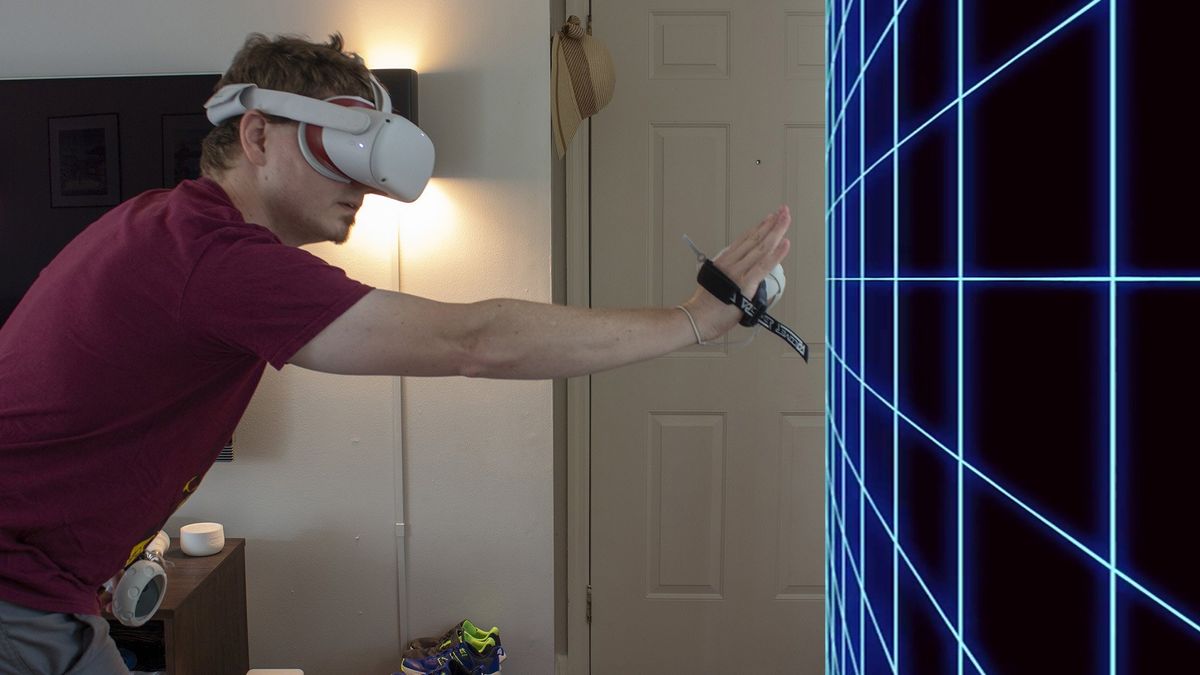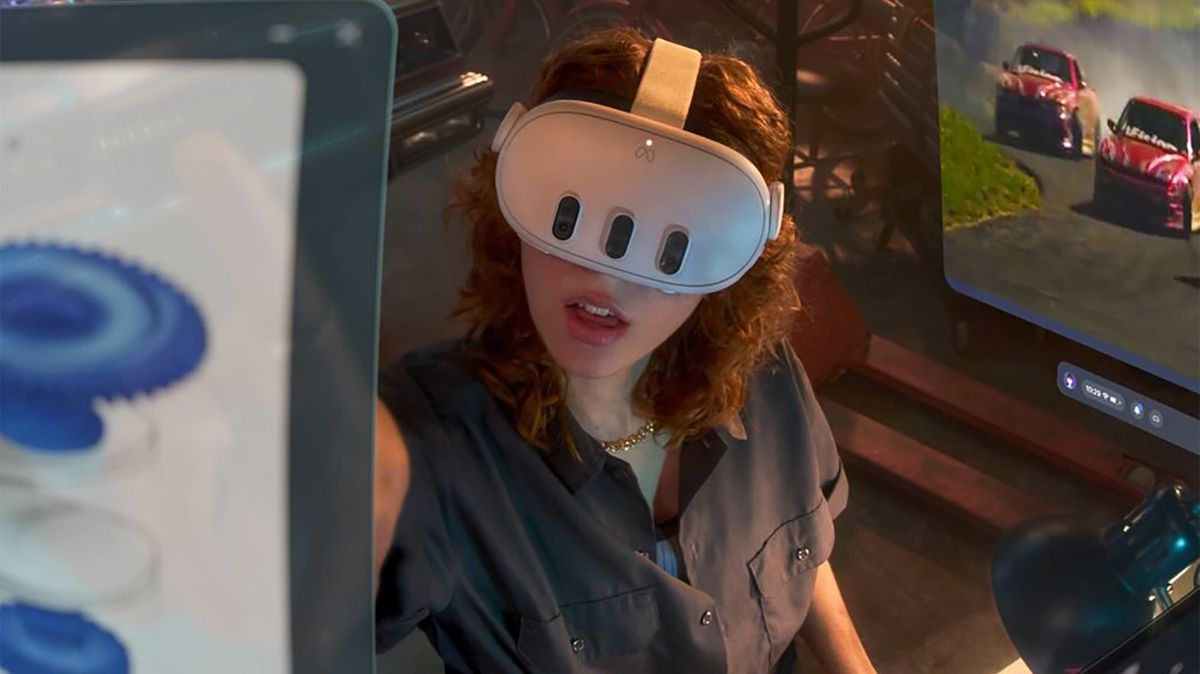Get the latest tech news
The quest to craft the perfect artificial eye through the ages
How the process of making prosthetic eyes has—and hasn’t—changed in nearly a century.
Its unusual properties derived from the work of early 19th century dollmakers, who had learned to produce realistic eyes by infusing glass with cryolite, a milky-white mineral of sodium, aluminum, and fluoride first found in Greenland. A story published in LIFE in December 1948 offered vivid depictions of a procedure, pioneered by researchers in Boston, to fit a ball-shaped, pegged ocular implant in the eye socket. As for future technological advancements, Pronk doesn’t anticipate significant changes in how prosthetic eyes are made, but she is encouraged by some of the progress in artificial eyesight by companies like Elon Musk’s Neuralink.
Or read this on Hacker News


